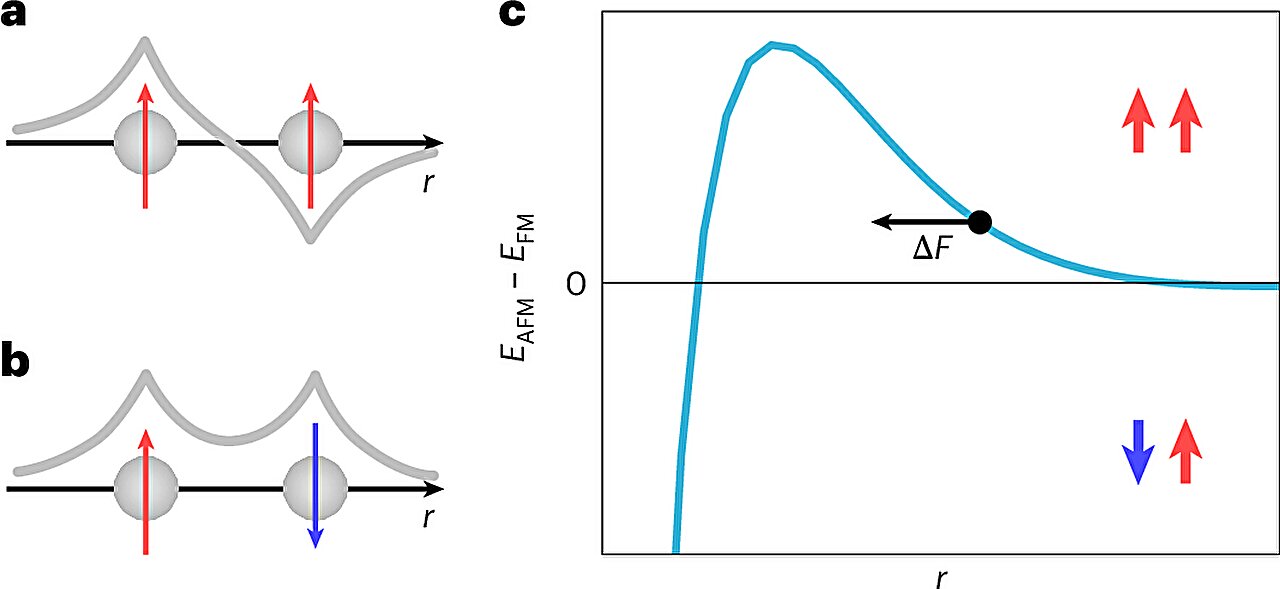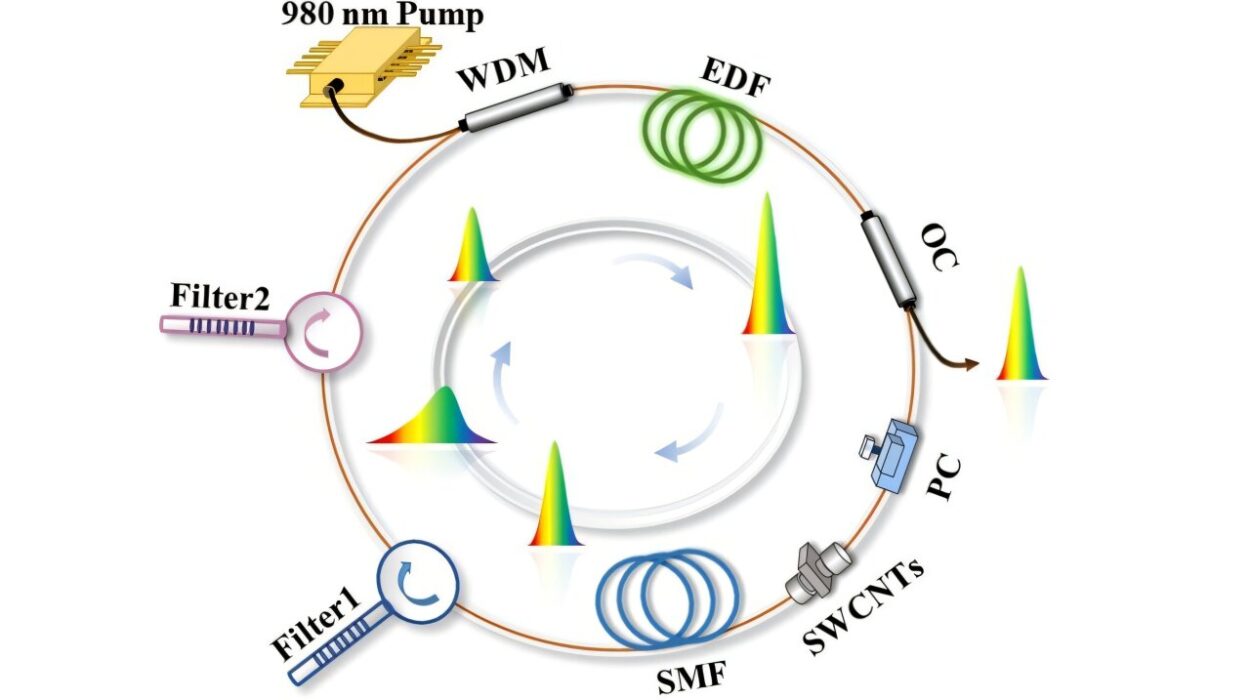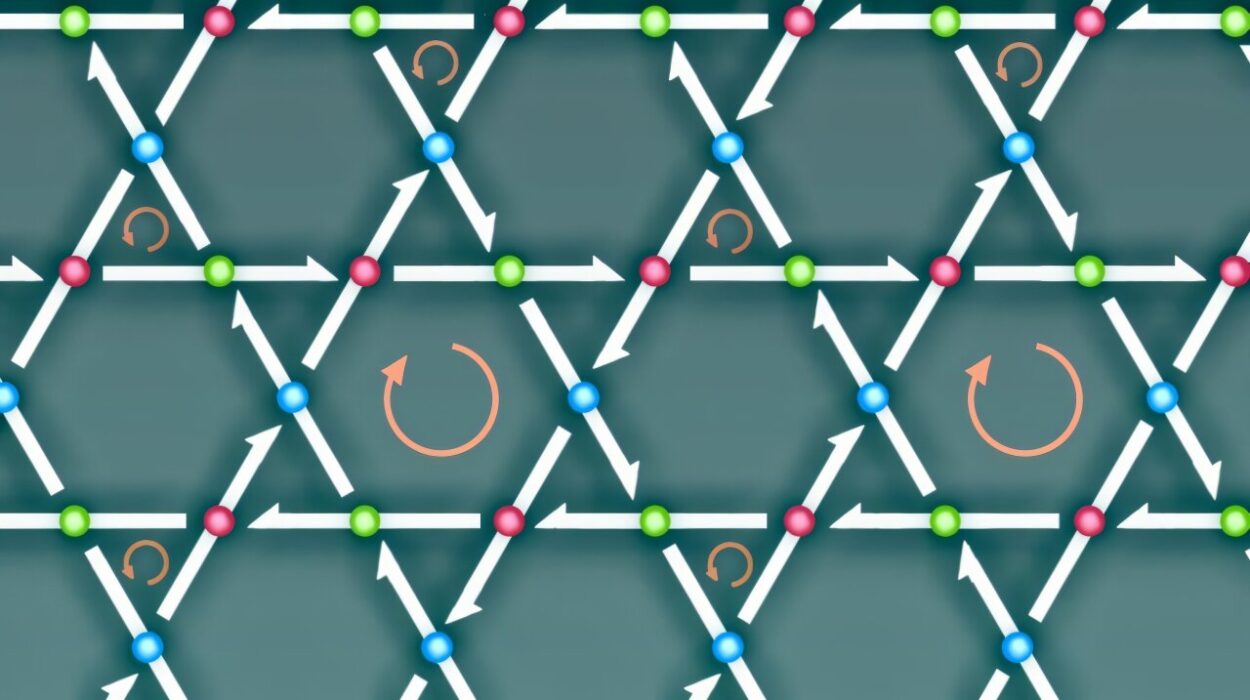In a meticulously quiet corner of the University of St Andrews, where even the faintest sound can disrupt the dance of atoms, researchers have pulled off something remarkable. They’ve confirmed a prediction made in the 1930s—a subtle but profound behavior in materials that might shape the future of quantum technology and green computing.
Published today in Nature Physics, the study reveals that transition metal oxides—materials already famous for enabling high-temperature superconductors—exhibit an unexpectedly large response to tiny magnetic changes. And it’s not just theory. This response, rooted in the physics of atomic magnetism and structure, was measured in real time with astonishing precision, down to a few hundred femtometers—about a quadrillionth of a meter.
The Magnetic Heartbeat of Matter
At the center of the discovery is a phenomenon known as magnetoelastic coupling—a mouthful of a term describing how materials stretch or shrink in response to magnetic forces. Normally, it’s a subtle shift, barely perceptible. But in this case, the researchers found that in a transition metal oxide, the shift was anything but subtle.
Dr. Carolina Marques, lead author of the study, explains it vividly: “We discovered that we could control the magnetization of the surface separate from that of the material itself, enabling us to directly measure subtle shifts in the electronic states. These changes are linked to whether the magnetic moments of the surface and subsurface layers align parallel or antiparallel.”
In simpler terms, the team tweaked how atoms at the surface and just beneath it aligned their tiny magnetic poles. That alignment—whether they pointed the same way or in opposite directions—was enough to physically stretch or contract the material.
This delicate interaction between magnetic orientation and atomic structure was not only directly observed, but measured with mind-bending precision—less than a picometer, a unit roughly one hundredth the width of an atom.
A Theory from the 1930s Comes to Life
This isn’t just about making molecules twitch in a lab. The findings are a real-world confirmation of the Bethe-Slater curve, a theoretical concept from the early 20th century. The curve predicts how magnetic properties depend on the distances between atoms—insight that, until now, hadn’t been directly confirmed in such complex materials.
Professor Peter Wahl, co-author and head of the St Andrews team, emphasized the historical resonance: “Our study not only confirms theoretical predictions of the qualitative behavior from nearly a century ago, but also opens new pathways to understanding the complex interplay between structural, electronic, and magnetic properties in quantum materials.”
That interplay—where magnetism can shape structure, and structure feeds back into magnetism—may be the key to unlocking exotic behaviors in quantum materials, including superconductivity, where electricity flows with zero resistance.
Listening to Atoms Breathe
Achieving such a breakthrough took more than sharp minds—it took designing an environment where the atoms could speak, and the instruments could listen.
The experiments were conducted using scanning tunneling microscopy (STM) at ultra-low temperatures in an ultra-low vibration lab. These bespoke setups at the University of St Andrews are so sensitive that sound waves can throw off a measurement. Silence wasn’t just golden; it was essential.
Working in these conditions, the researchers could detect changes in the surface structure of the material so slight they made nanometers look gigantic. At this level, atoms themselves seem to expand and contract as if breathing in sync with their magnetic rhythms.
The Promise of Precision
What makes this more than an academic curiosity is the potential for technological transformation.
By manipulating magnetic alignment at such a fine scale, the researchers hint at the possibility of new ways to read data—not by measuring heat or electric current, but by observing tiny, structural changes in a material. Imagine hard drives or memory chips that store information in the flex of an atom or the spin of an electron, rather than in electricity or magnetized particles.
“Our findings could also lead to innovative methods for reading magnetic states purely electronically or structurally,” said Marques. “Potentially revolutionizing data storage technologies.”
This is not just science for science’s sake. It’s science reaching toward faster, greener, more powerful computing—technology that could one day store vast libraries of information in unimaginably tiny spaces while using a fraction of the energy.
The Bigger Picture: Why This Matters
Quantum materials are a new frontier in physics—exotic compounds that don’t behave according to classical rules. Transition metal oxides, in particular, are tantalizing because they can exhibit superconductivity at relatively high temperatures, a property that could someday power lossless electrical grids or magnetic levitation trains.
But they are also stubbornly complex. Their behavior often hinges on how electrons interact not just with each other, but with the underlying structure of atoms—where a shift of less than a trillionth of a meter can change everything.
“Correlations and their impact on the way the atoms arrange in a material lie at the heart of phenomena like high-temperature superconductivity,” said Wahl. “Better understanding them could pave the way for increasing the stability of the superconductivity and making the materials more useful for new and greener technologies.”
By revealing how magnetic forces ripple through the structure of these materials, the new study brings scientists a step closer to mastering these quantum effects—and perhaps, to engineering materials that act not only as superconductors, but as precision tools in future computers and sensors.
Echoes of the Future, Rooted in the Past
It’s rare that a theory first drawn out in the age of black-and-white cinema finds itself suddenly relevant in our high-speed digital world. But the Bethe-Slater curve has done just that—leaping from dusty textbooks into cutting-edge laboratories where atoms are nudged and measured like never before.
In doing so, it reminds us that the frontiers of physics aren’t just about discovering the unknown—they’re also about proving what we’ve suspected all along, and then building something new from it.
From the whispering laboratories of Scotland to the heart of tomorrow’s technologies, this study is a striking testament to the power of patience, precision, and the enduring value of a good idea—even one born nearly a century ago.
Reference: Carolina A. Marques et al, Emergent exchange-driven giant magnetoelastic coupling in a correlated itinerant ferromagnet, Nature Physics (2025). DOI: 10.1038/s41567-025-02893-x






